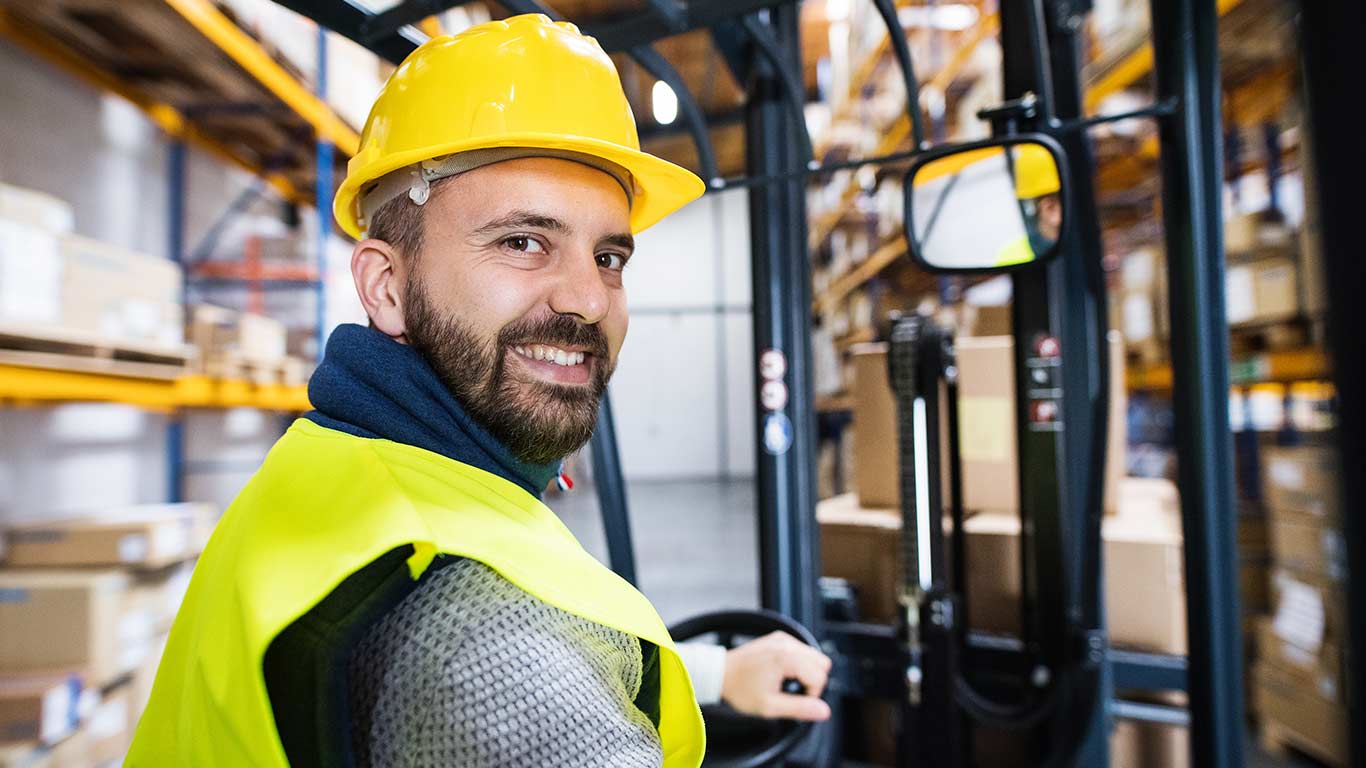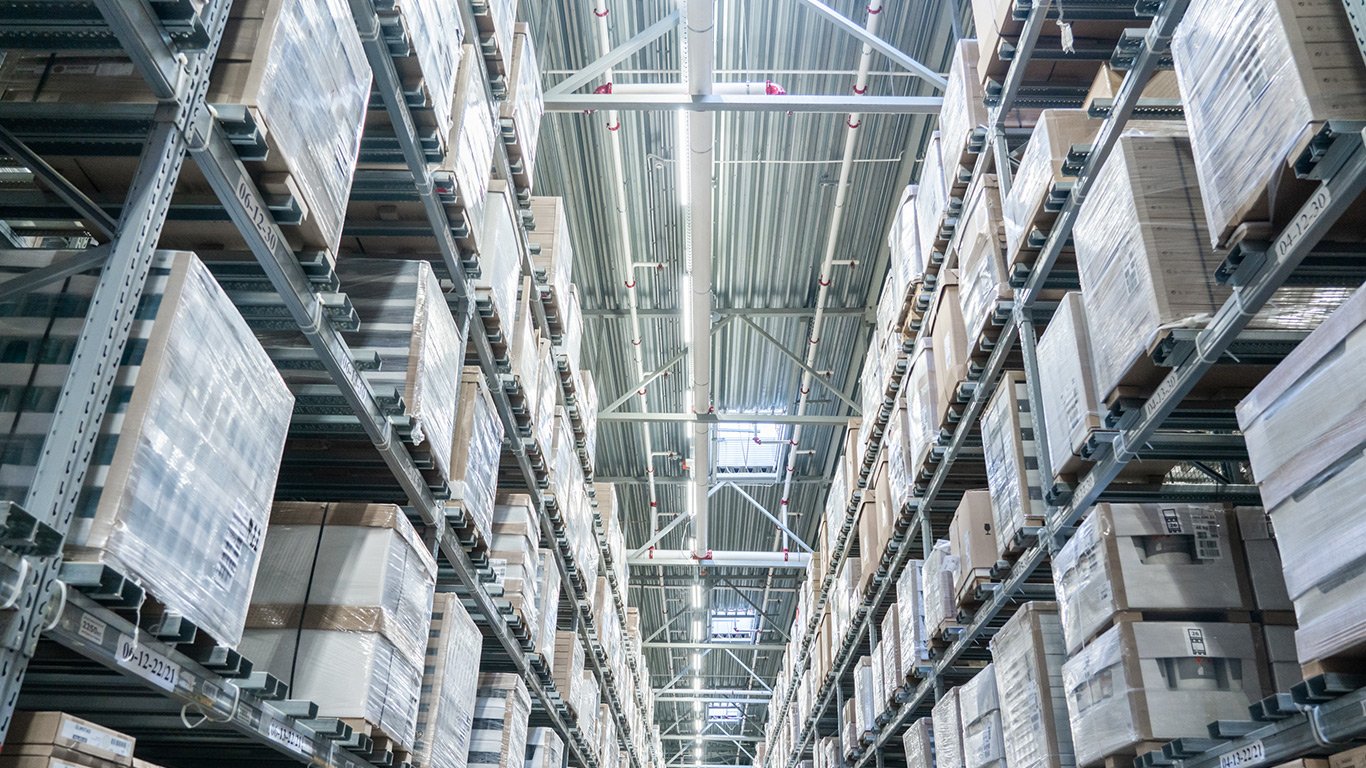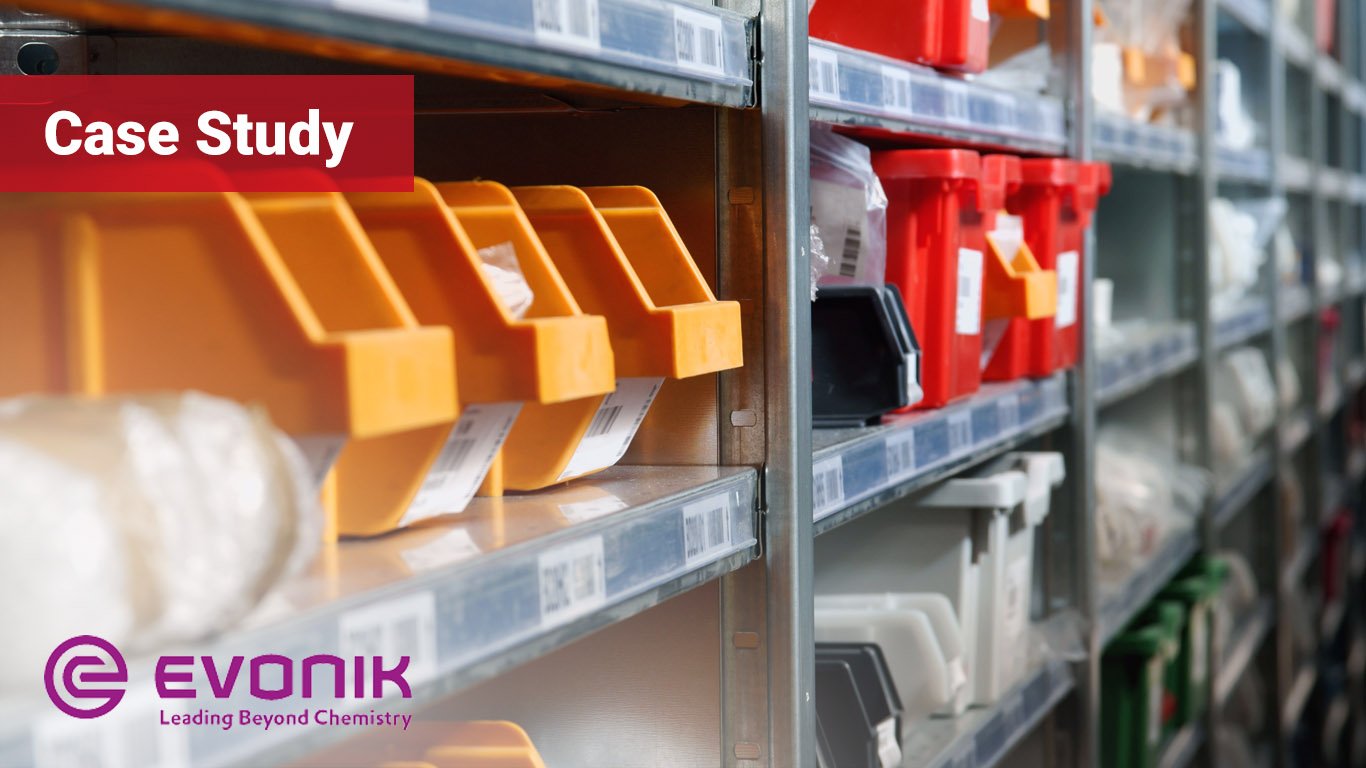The Most Important Safety & Security Measures In Warehousing

Speak with any warehouse manager about their list of priorities and you’ll typically find safety and security at the top. While no two warehouses are the same, there are general industry-wide principles all facilities should follow to maintain safe and secure operations.
While certain safety measures would appear to be common sense, it’s human nature for people to rest on their laurels. That’s why being proactive and consistently reminding employees about regulations and regular safety practices will go along way in preventing injuries, illnesses, fatalities, and other preventable misfortunes.
The same logic goes for security measures inside a warehouse, which should periodically be updated to ensure the facility and its contents are safe and secure.
Remember: operating an efficient warehouse requires a multi-pronged strategy, including complete dedication to safety and security. Let’s go through some of the basics to help you better understand what it takes to ensure a safe and secure work environment.
1. Safety Measures In Warehousing
As warehouse managers are well aware, accidents can happen, despite your best efforts to avoid such mishaps. According to the Occupational Safety and Health Administration (OSHA), “the fatal injury rate for the warehousing industry is higher than the national average for all industries.”
The higher than the average rate is attributed to the various potential hazards inside these facilities, according to OSHA. They include unsafe use of a forklift, improper stacking, and unsatisfactory fire safety provisions, among other reasons.
Given the nature of the business, warehouses do feature various hazards that could put workers in harm’s way. But understanding these potential danger zones and how to properly use the equipment within them goes a long way in preventing injuries.
The most common hazards found in warehouses revolve around forklifts, docks, conveyors, materials storage, manual lifting/handling, charging stations, and hazardous chemicals.
Forklifts
In the case of machinery, such as forklifts, operators must be appropriately trained, certified, and undergo periodic evaluation.
According to OSHA, forklift accidents account for 95,000 injuries across all industries each year. Among the most common result from forklifts that overturn. So even though warehouses are familiar with potential safety risks, employees are still getting hurt, reinforcing the need to be ever-vigilant. To that end, it’s recommended that forklift operators are properly trained, examine the area before driving a forklift, never exceed 5 mph and maintain proper haulage equipment.
Docks
Forklift safety guidelines should be followed at all times, especially when one is being operated on a dock. Along with items falling from docks and striking workers, another common problem are forklifts that run off the dock, injuring the driver and possibly anyone else in the area. Employees should drive slowly and never go in reverse. “Dock jumping” should be prohibited while ladders and stairs should meet OSHA’s guidelines.
2. Materials Storage
Items that are stored incorrectly could fall and injure anyone inside a warehouse. Positioning items evenly and placing heavier loads in lower distances can prevent falls from occurring.
3. Manual Lifting/Handling
Everyone takes pride in their work and wants to work as quickly as possible. But you won’t be able to do any of those things if you’re suffering from a debilitating back injury. Using proper lifting techniques will reduce the chances of such injuries from occurring.
4. Charging Stations
This is one item on your safety checklist that shouldn’t be neglected. To prevent fires, explosions and related injuries, OSHA offers a range of tips, from banning smoking and open flames to keeping an adequate inventory of fire extinguishers and properly positioning forklifts before charging.
5. Chemicals
Warehouse operators want to ensure they’re compliant with local, state, and federal regulators at all times.
This is especially important for warehouses that store hazardous chemicals. Warehouses should be equipped with Safety Data Sheets (SDSs)—a document that contains all the relevant information about the chemical, including possible hazards, proper storage and handling, first-aid and firefighting measures, toxicological information, exposure controls, and much more.
Providing employees access to SDSs is necessary for chemical warehouses. Managers can educate workers about this data sheet soon after they hired. This also presents a valuable opportunity to train new employees on all your safety and security measures. Whether the new hire is a veteran of another warehouse or an industry neophyte, they should receive robust training so they can properly—and safely—conduct their duties.
If you need more insight on industry best practices, OSHA provides a convenient safety checklist operators of chemical warehouses can use to keep their employees informed. Among the recommendations: properly label chemical containers, maintain an updated list of hazardous chemicals, documenting all training exercises, utilizing the proper protective gear, and much more.
And as we’ve written about previously, warehouses may also want to consider having an on-site response team that can respond to chemical-related incidents.
6. Security
Warehouse security is just as important as having the property safety protocols in place. Think about it: warehouses are responsible for hundreds, if not thousands, of items at any given time. Customers are trusting that their cargo will be in good hands, whether it's for a prolonged period or an abbreviated stop on the supply chain. Any type of security failure can damage the reputation of even the most reputable warehouse, possibly leading to significant losses.
Security System
Hire a company with a history of servicing warehouses and other sensitive locations to install a state-of-the-art security system that would include alarms and surveillance cameras near all access points. With advances in technology, warehouse operators should be able to view high definition footage from wherever they are. Videos can typically be viewed in real-time or days later and would likely require cloud storage, which may be well worth the investment. Clients will sleep easy knowing your facility is under 24/7 monitoring.
Fencing
As far as preventive measures go, fencing is among the simplest forms of protection. It provides an extra layer of security and makes it exceedingly difficult for anyone with bad intentions from accessing the facility. Fences need to be repeatedly inspected to ensure the structure hasn’t been compromised.
Employees
Employees that are aware of their surroundings and can identify when something doesn’t seem right can be your best protection against potential security breakdowns. Also, there's nothing improper about doing your due diligence: conduct background checks on new employees, as is customary in most industries. You can never be too safe.
Takeaway
There’s nothing more important than the safety of your employees and the security of the facility. Failure to responsibly address these issues may lead to a notable decline in clients, which will negatively impact your bottom line. Invest in safety and security protocols immediately to ensure your warehouse remains running like a well-oiled machine.

